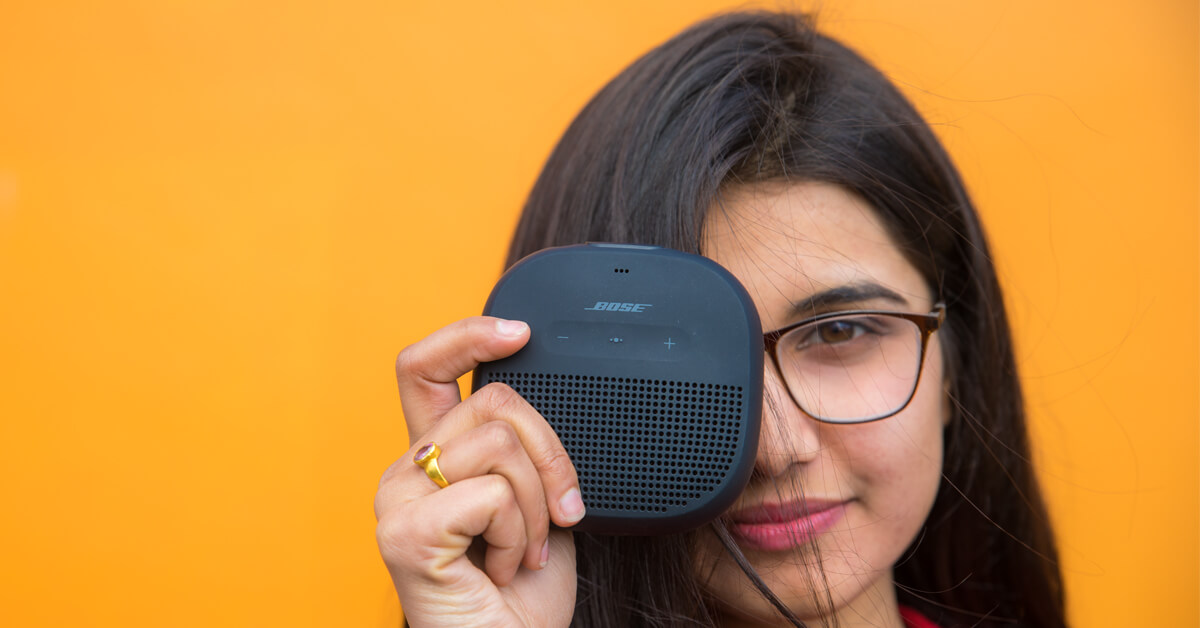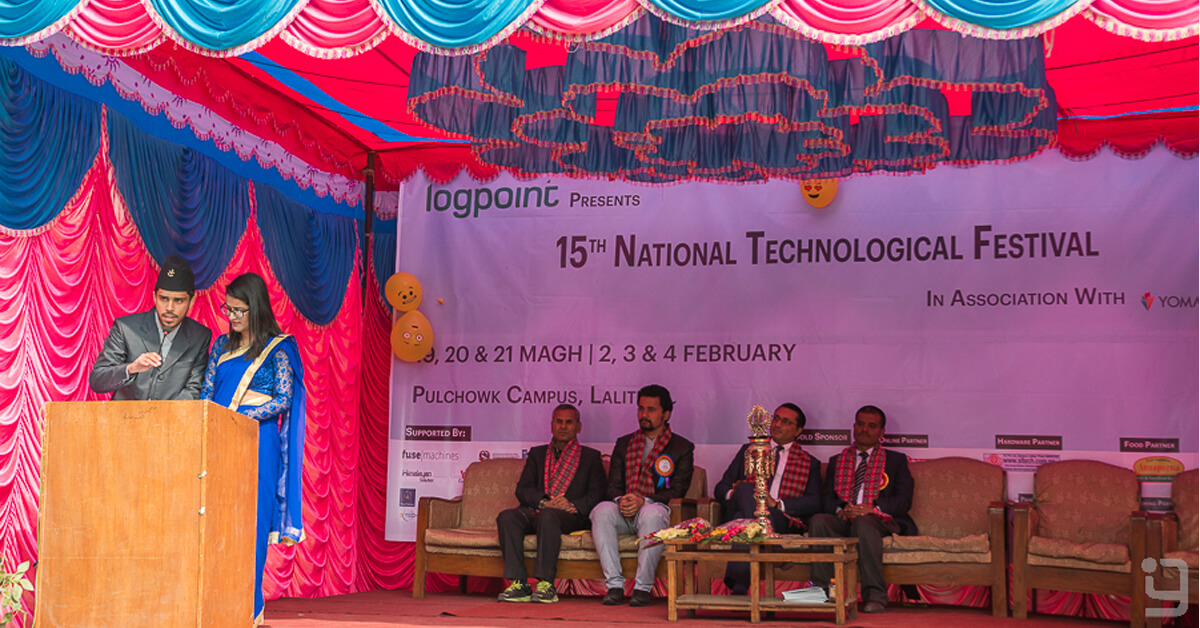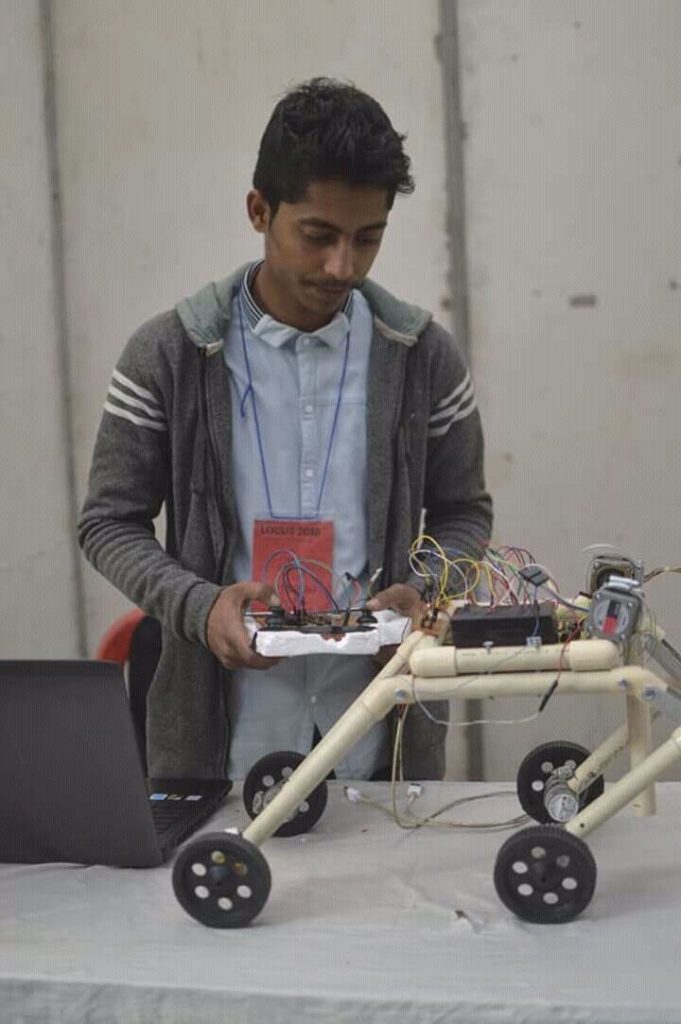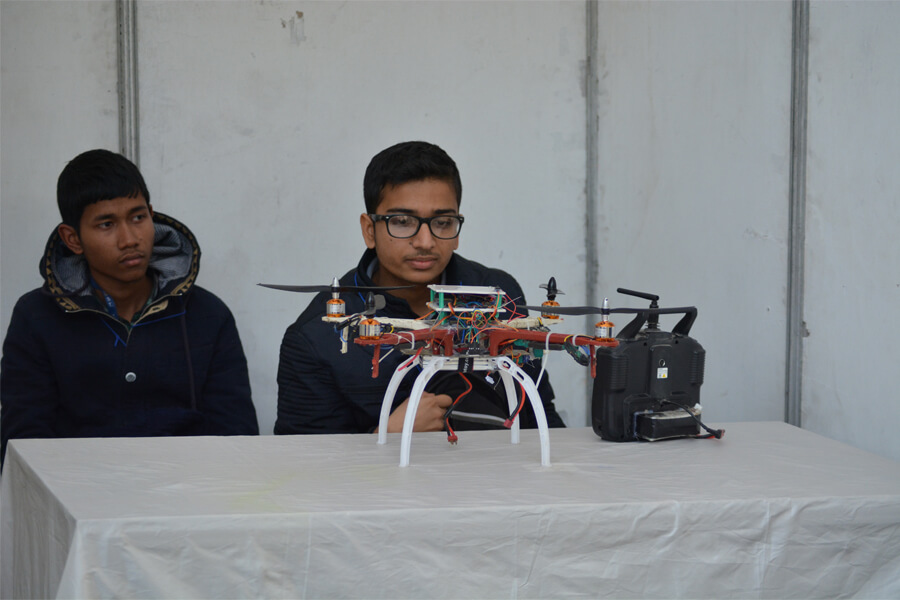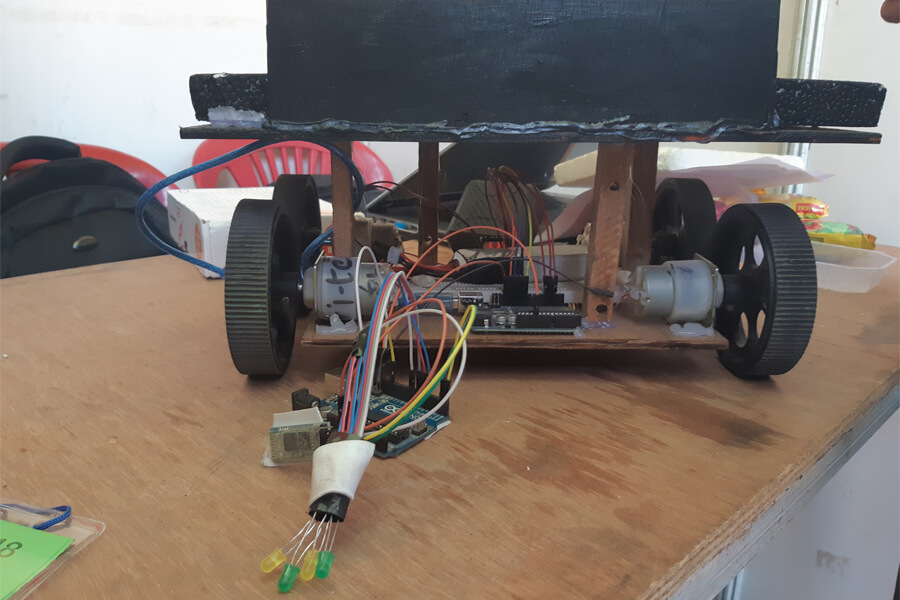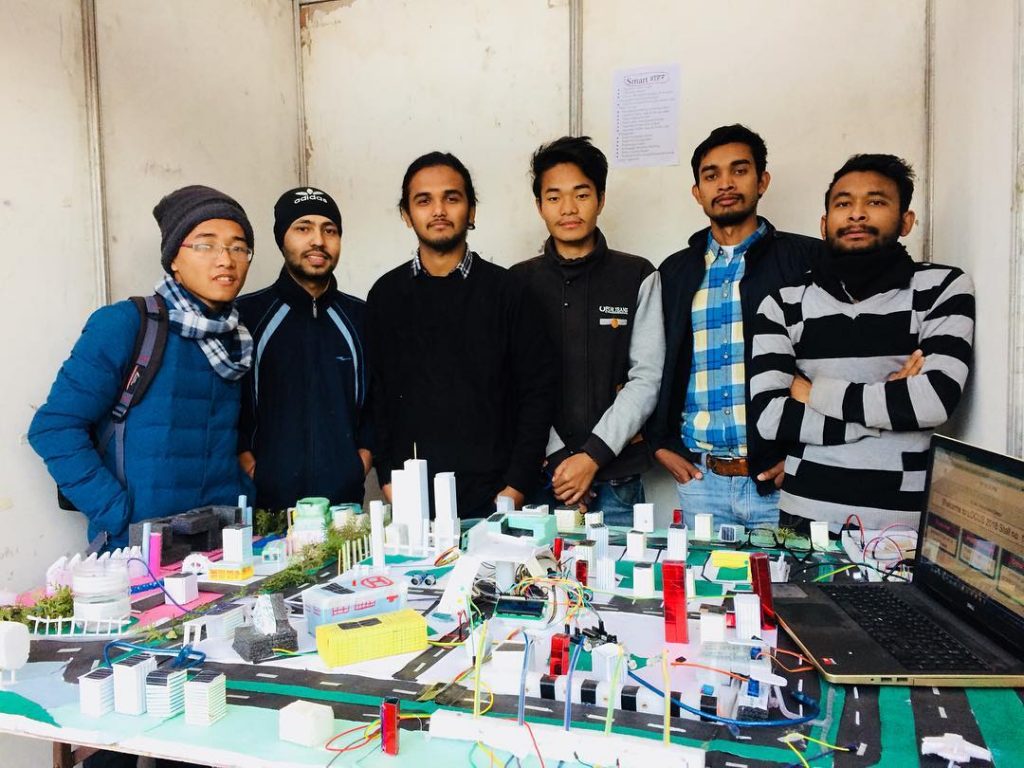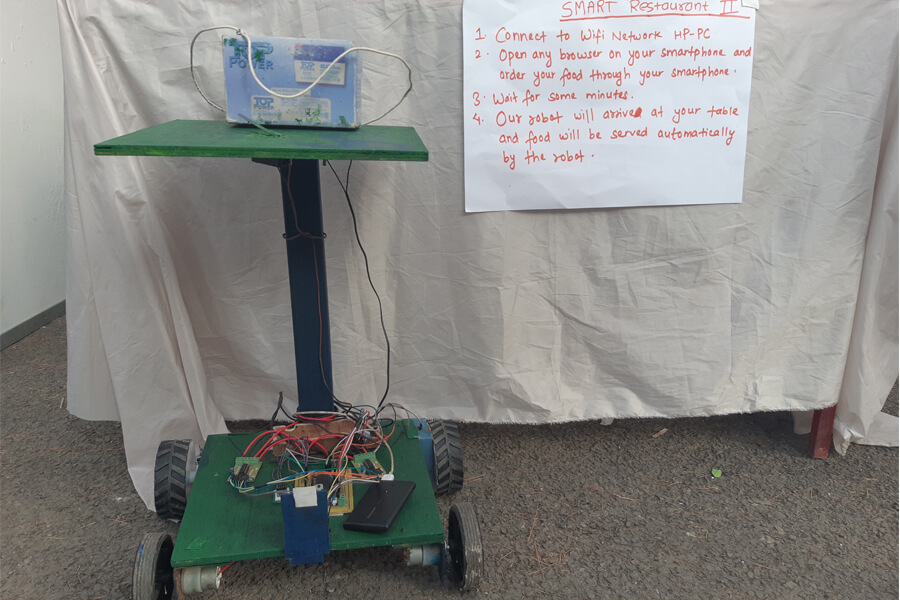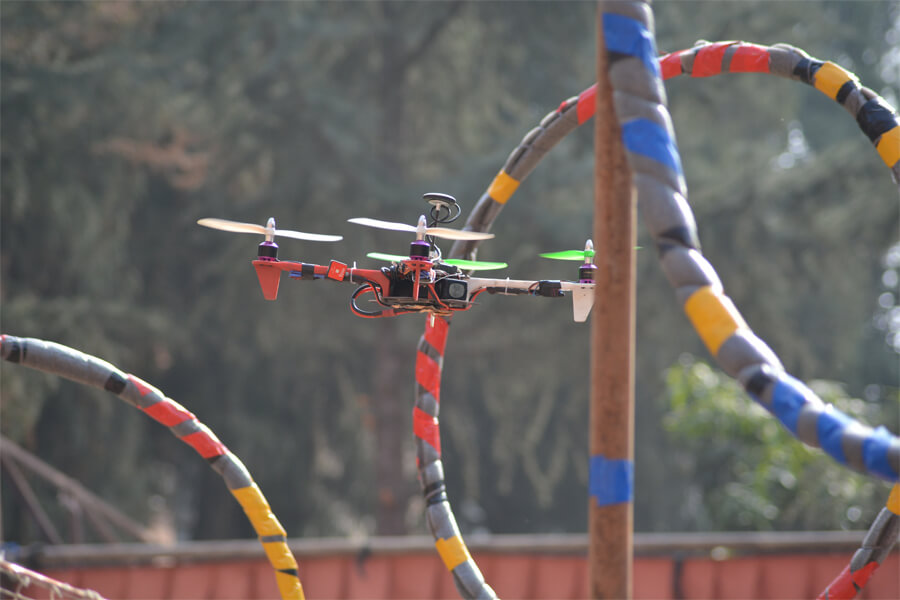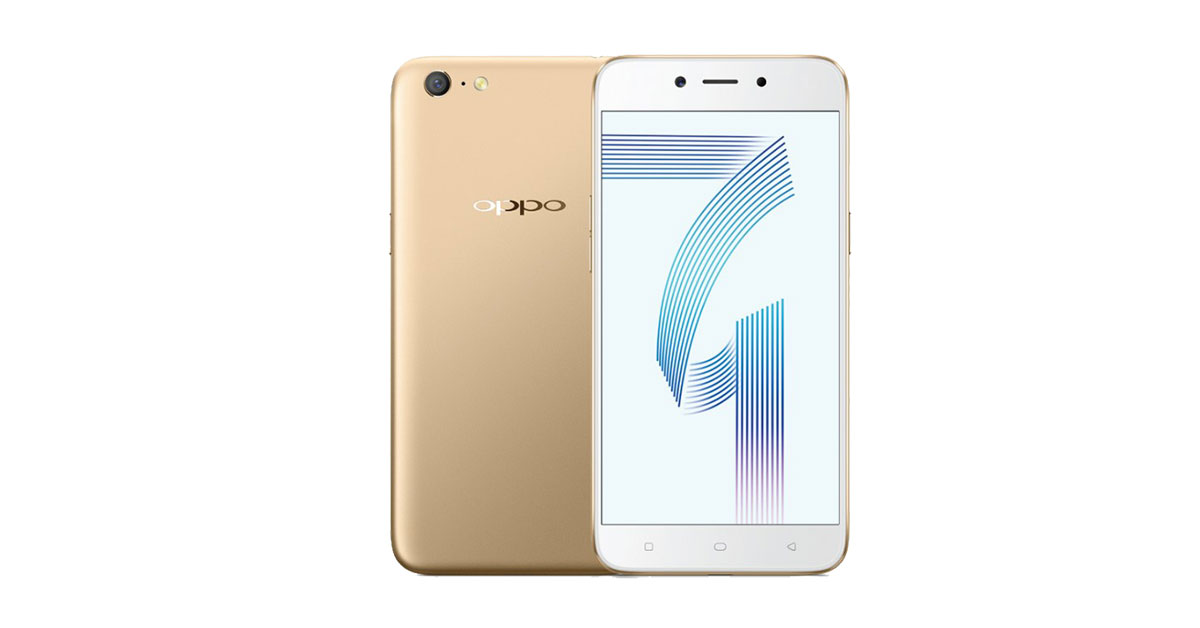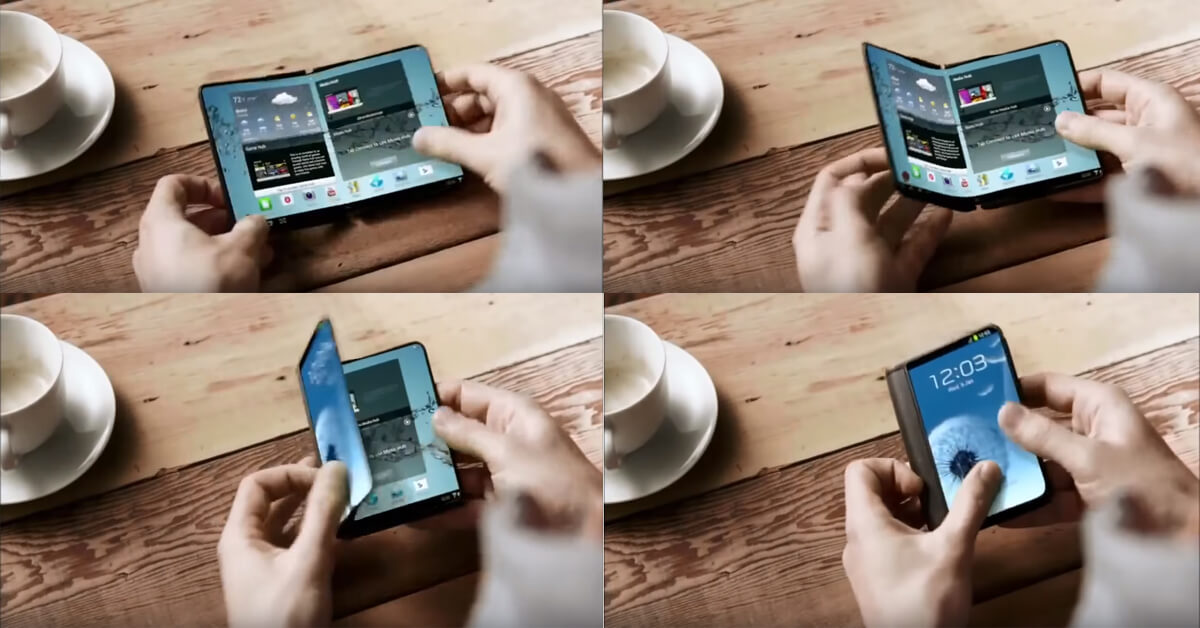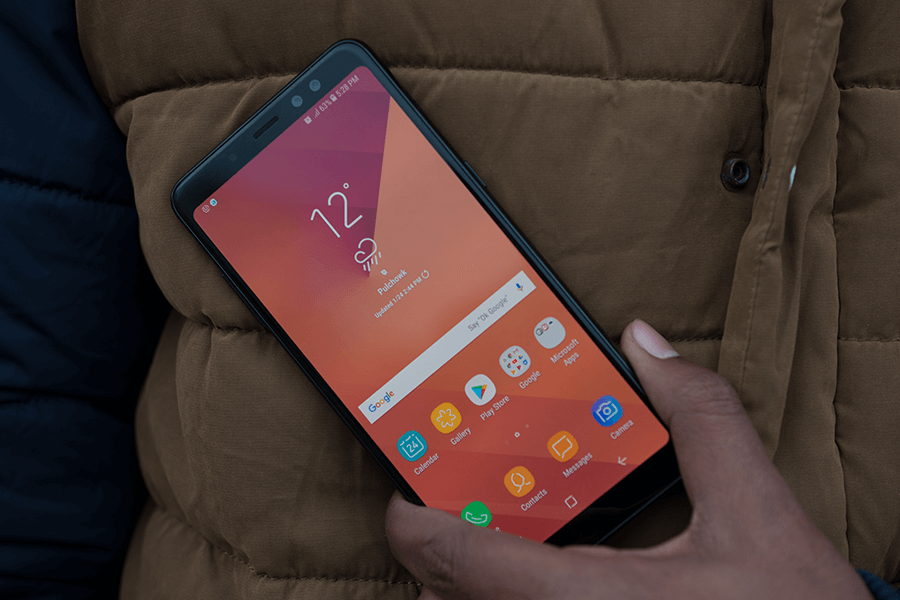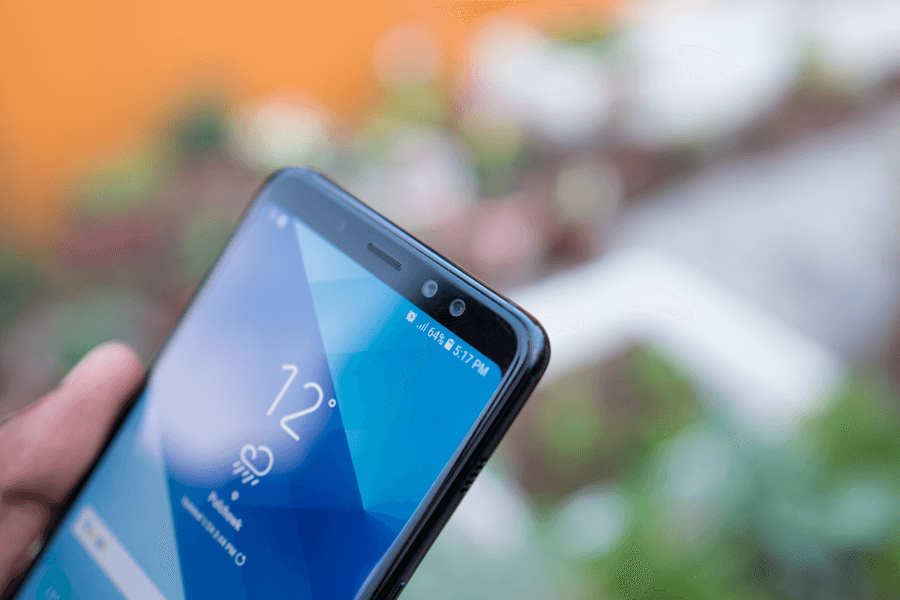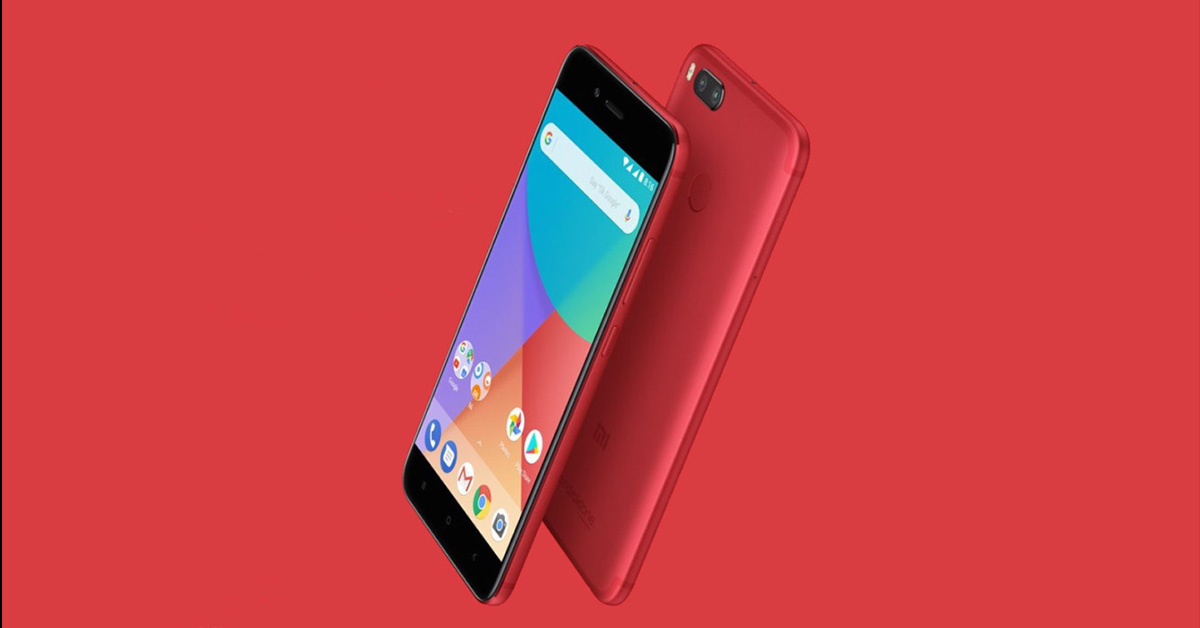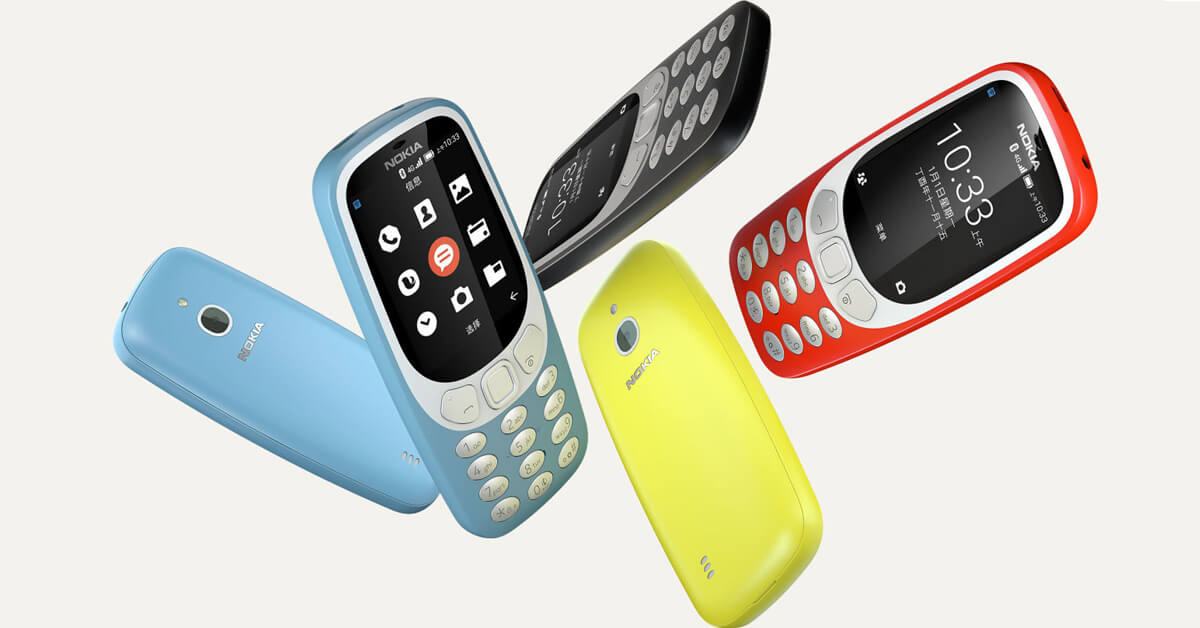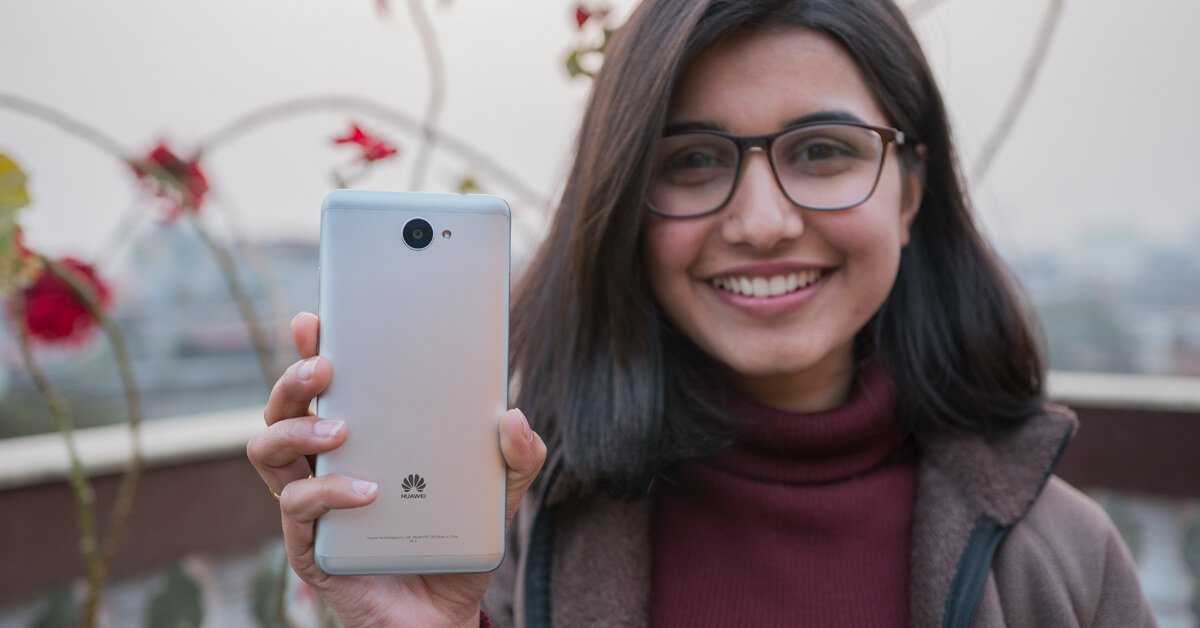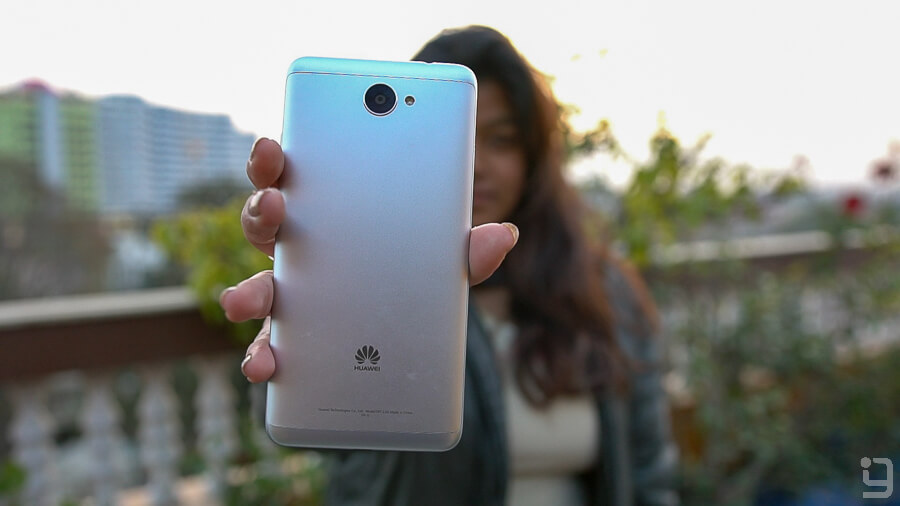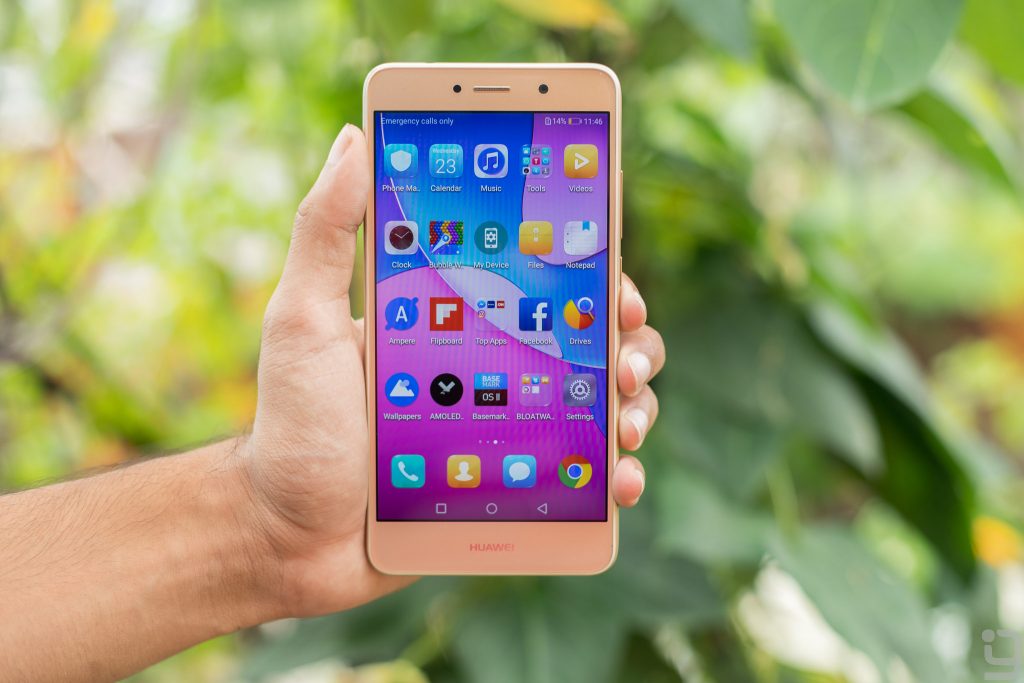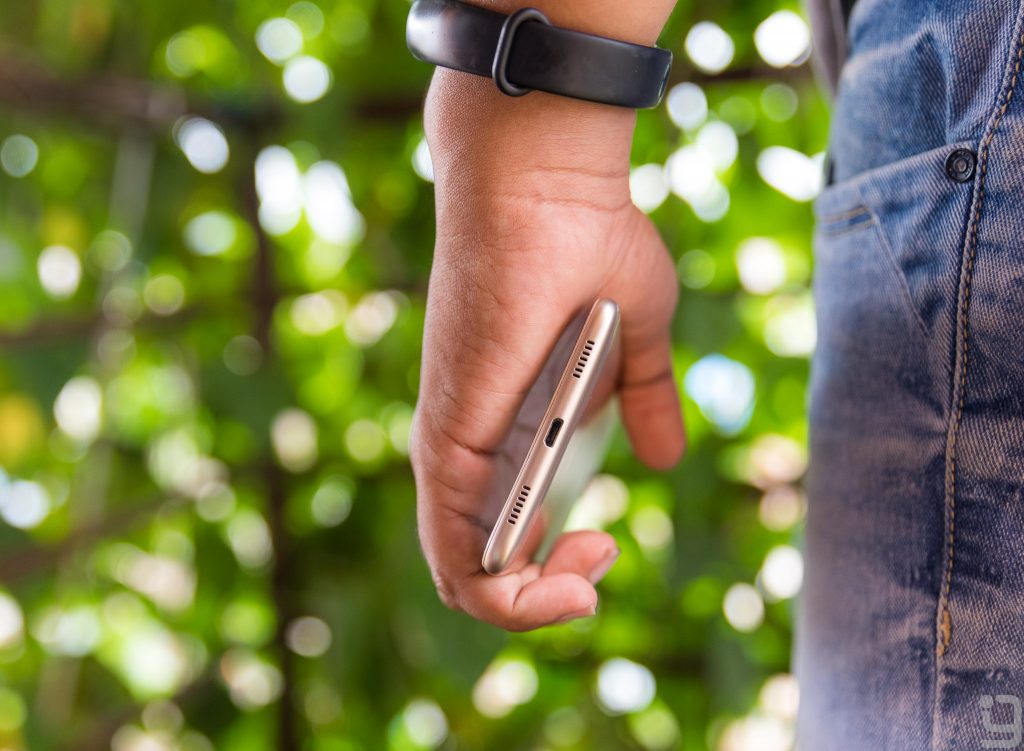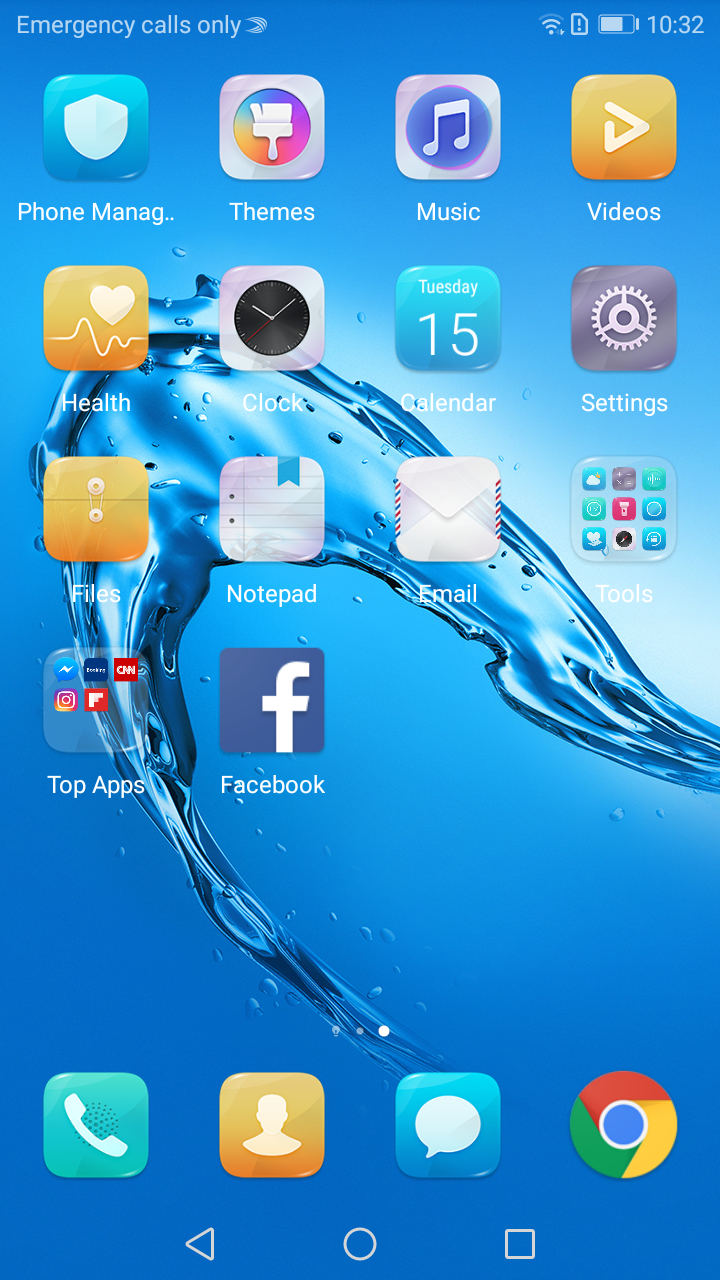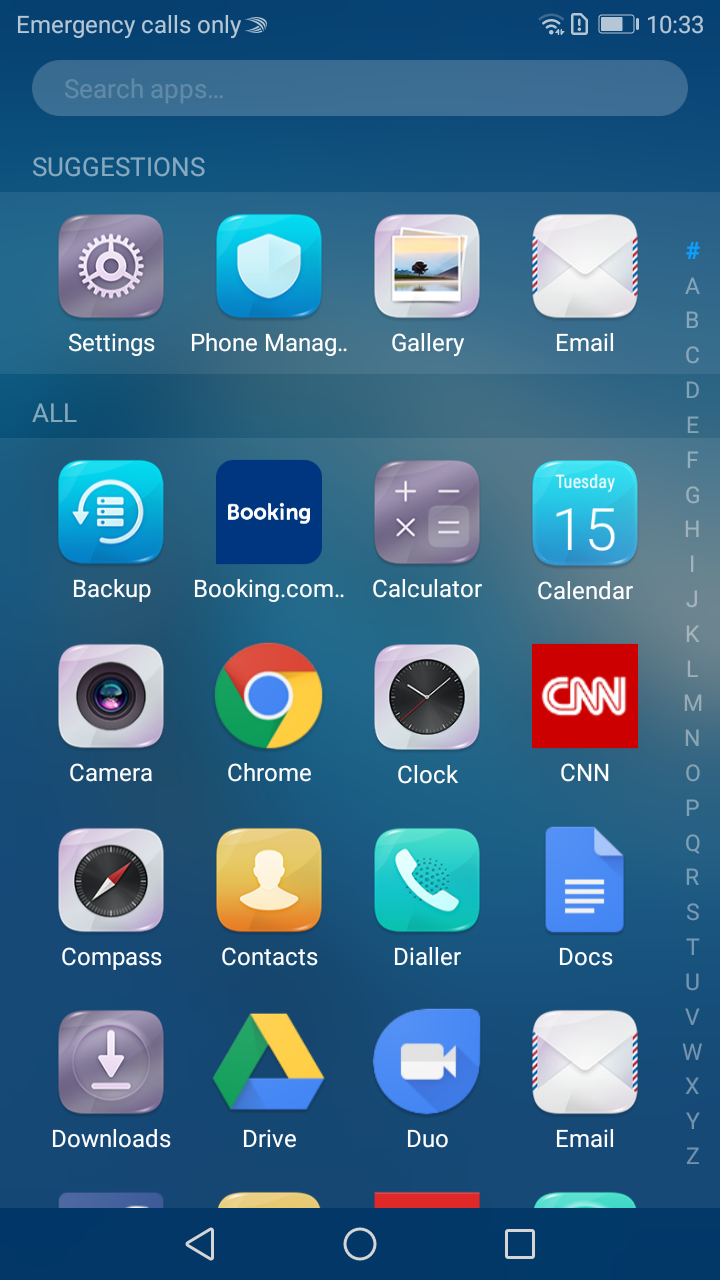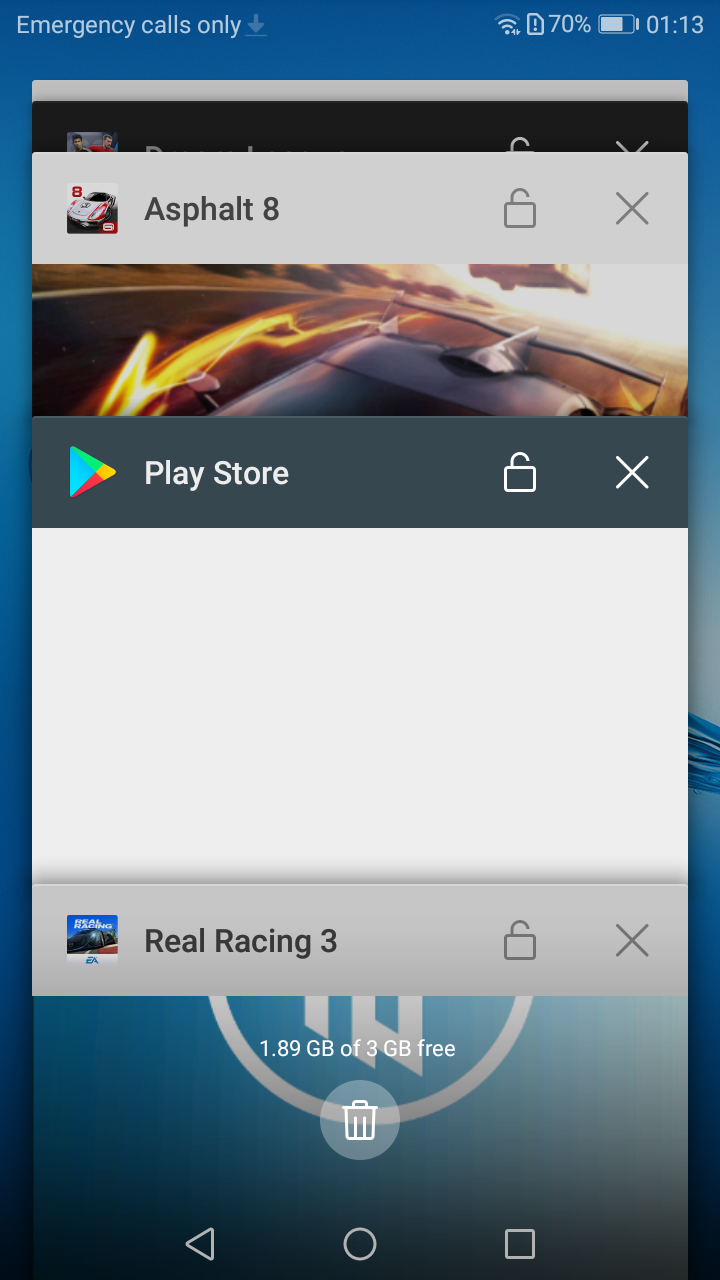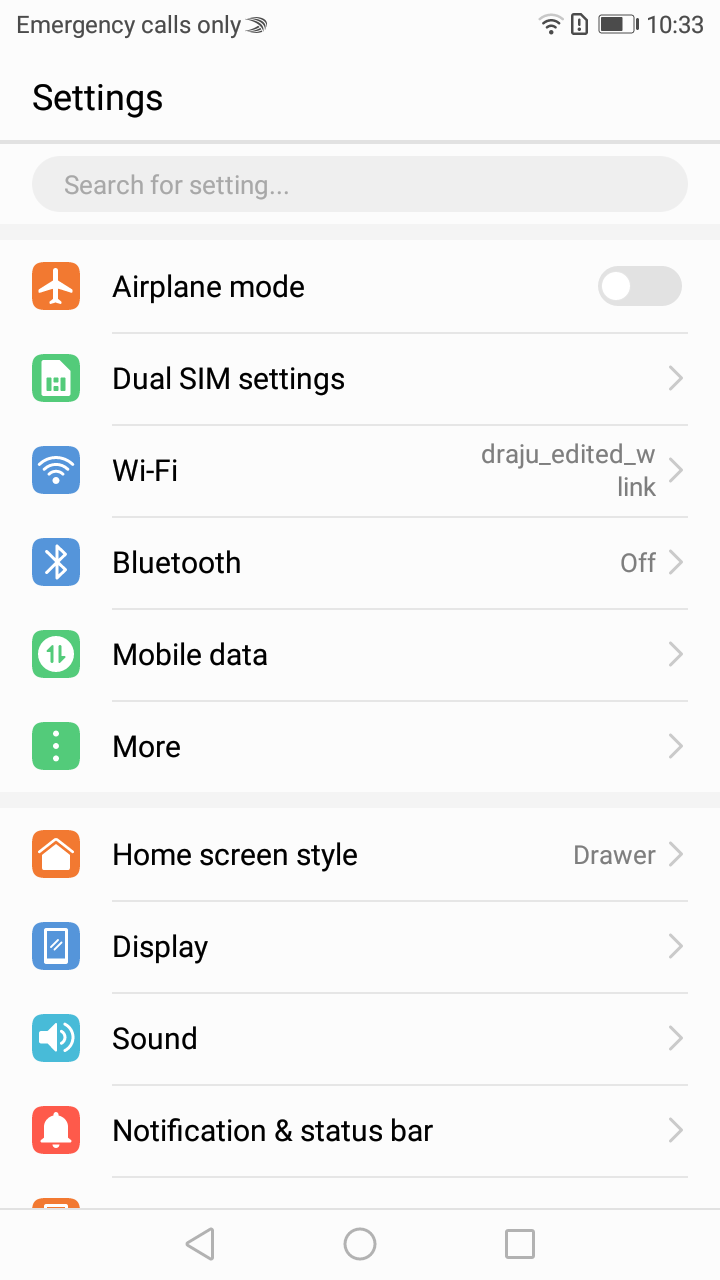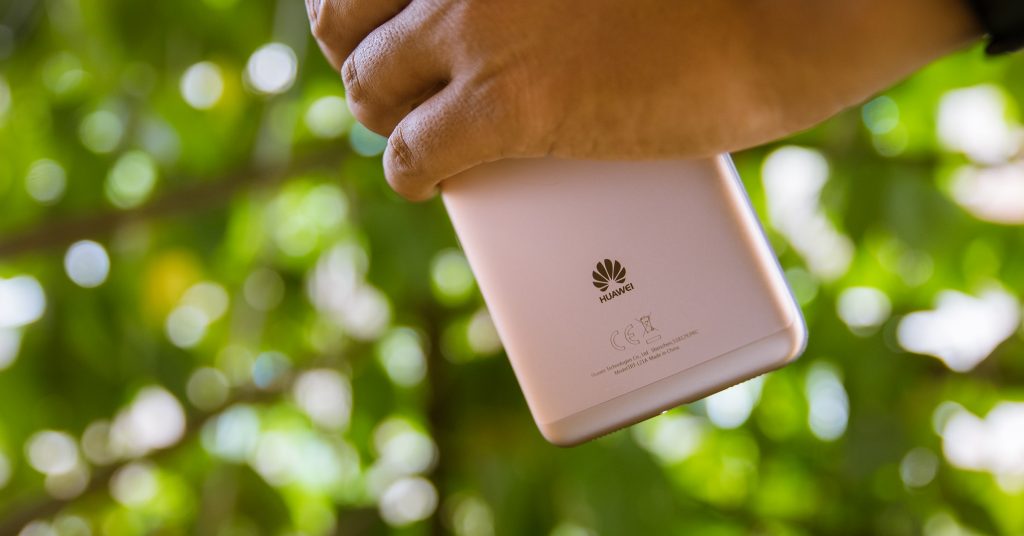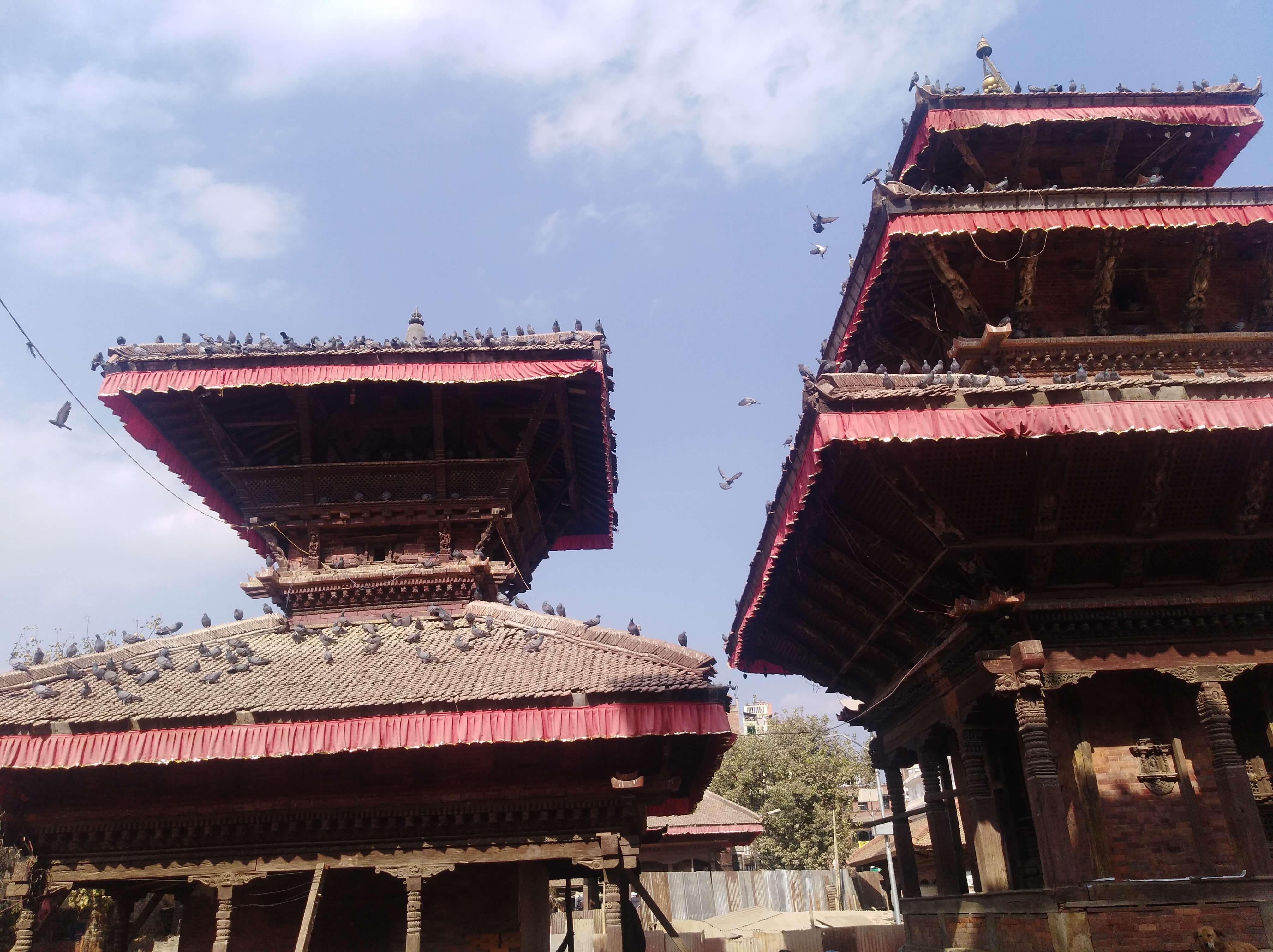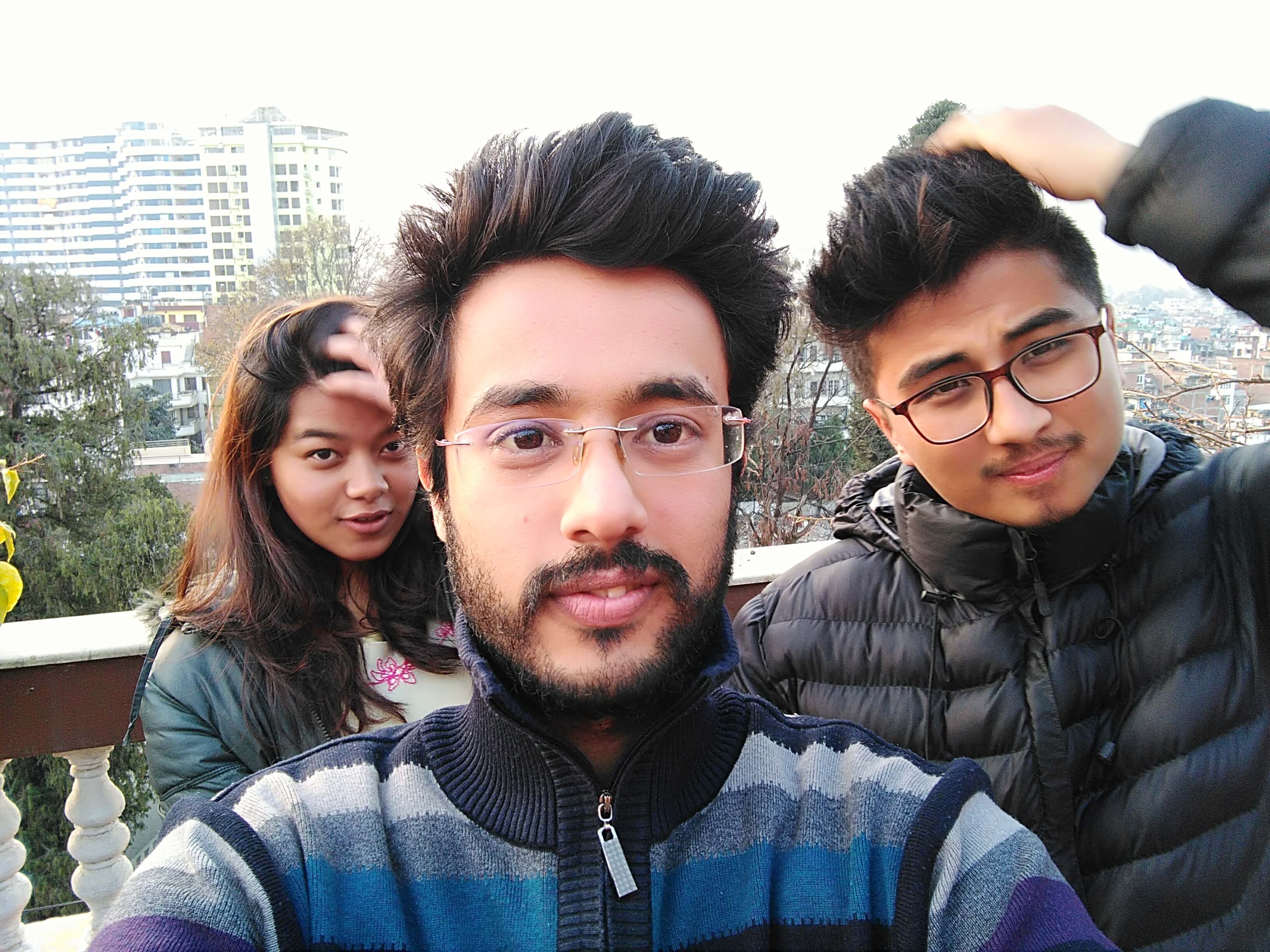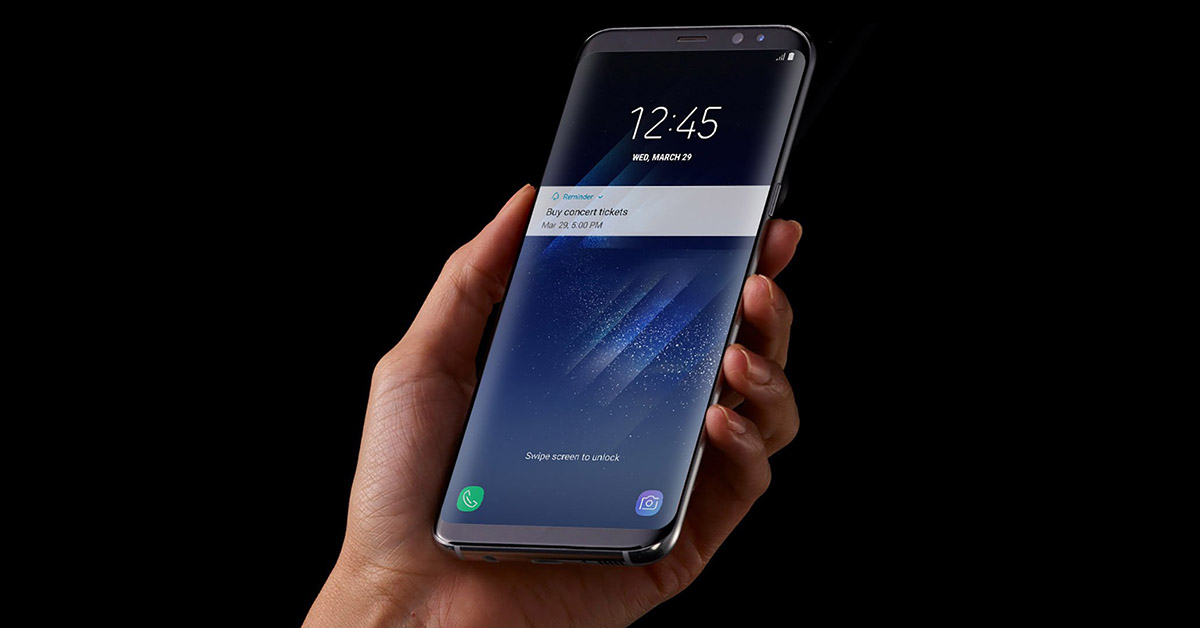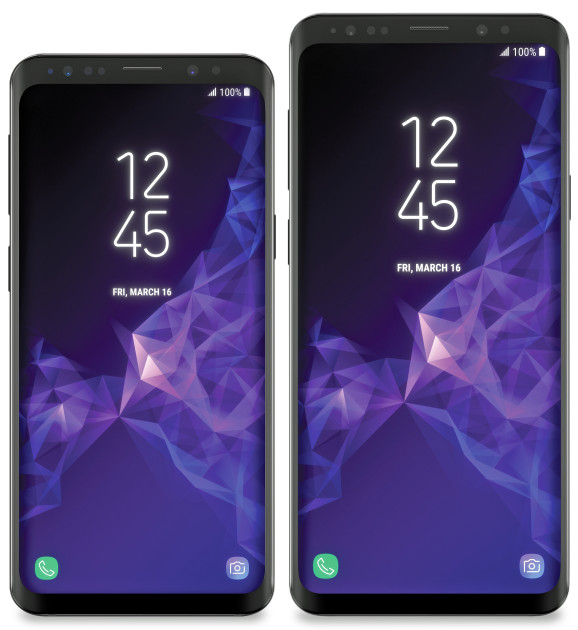Gone are the days when the bulky and high power-devouring speakers used to be installed for amplifying sound. These days, speakers are available in small form factor, which intensifies the sound level to a great extent without major compromises on the sound quality. And adding to the list, there is Bose Soundlink Micro Speaker, which comes at a portable size and promises for a superior audio quality. But how does this device fares in real life? Let’s find in this Bose Soundlink Micro review.
Bose Soundlink Micro Specifications
- Connectivity Technology: wireless (Bluetooth)
- Controls: activate Bluetooth, power on/off, volume
- Battery: Rechargeable
- Recharge Time: 4 hours
- Battery Backup (Up To): 6 hours
- Color: Midnight blue, Orange, Black
- Body Material: Silicone rubber
- Protection: Waterproof (IPX7 certified)
- Speaker Channel Type: Mono
- Amplification Type: Active
- Transmission Range: 9 meters
- Intelligent Assistant Compatible: Google Assistant, Siri
- Hands-Free Function: Yes
- Amplification Type: Active
- Audio Amplifier: Integrated
- Dimensions: 9.9 x 9.9 x 3.5 cm
- Weight: 290 grams
- Price: Rs. 18,000
Also Read: Best Portable Bluetooth Speakers under Rs. 10000 in Nepal
Build and Design
To be honest, the speaker got me impressed in the first glance. With the rounded edge across the corners, the soundlink micro looked aesthetically and ergonomically flawless. The speaker fits perfectly within my palm, all thanks to its minimalist construction. It is light with just 290 grams of weight and doesn’t feel hefty even when carried around in a pocket. But you don’t need to do that as it has a rubberized silicone strap embedded to its back. The strap is tear-resistant and can be employed to fix the speaker in the belts or belt loops, backpack, handle of the bike or any place convenient.
- Meanwhile, check out all the prices and specs of Bose speakers and accessories
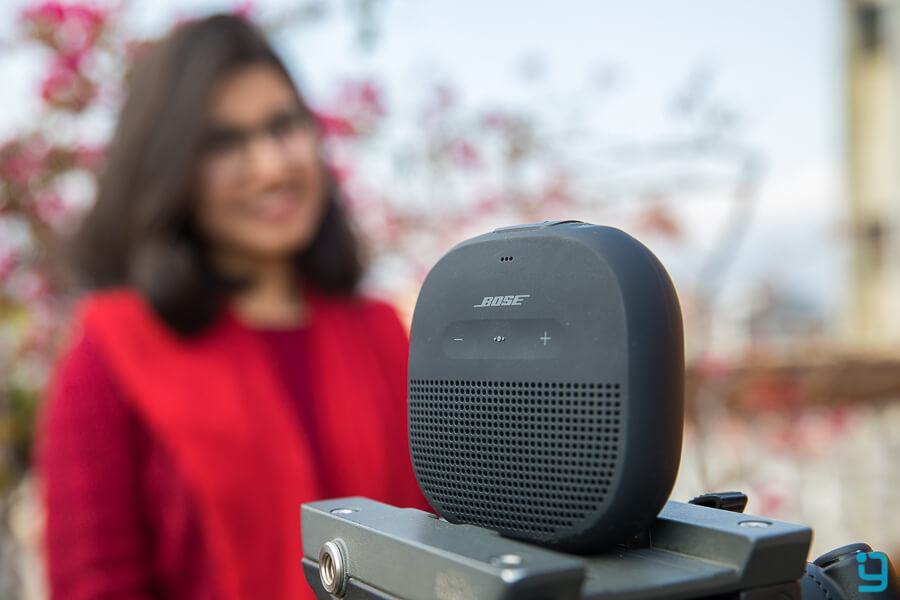
The attachment is firm and you don’t need to worry about the fall. Even if it falls, the silicone rubber wrapped around the device keeps it perfectly safe from the scratches, cracks, and dents conveniently protecting the speaker inside. Even on my use, the device fell quite often, but all thanks to the design, it still looks almost new and the quality of sound is still the same. In addition, the soundlink Micro is IPX7 certified so it is resistant to water and moistures. The speaker remains unscathed even if it is submerged in a water pool up to 30 feet for around thirty minutes. This specialty has made it suitable for the use during the showers, while swimming and even in the rain dance.
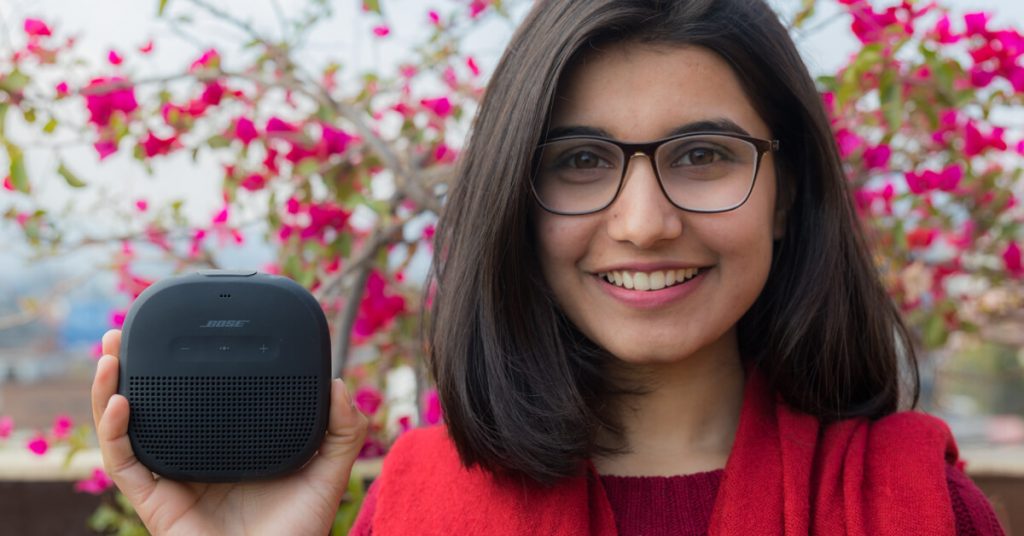
There are five buttons in the device to handle the job eloquently. With volume rockers and multi-function buttons, there are three buttons altogether embedded on its chest. The power button and active Bluetooth button lies on the top with micro USB 2.0 port accommodated between them. In the proximity to the charging port, there are six LEDs to depict the power state of the speaker. The secluded single LED on the right-hand side depicts the power on/off state of the speaker, whereas the remaining five on its left denotes the battery level while charging.
Also Read: Anker SoundCore nano Review: Best Bluetooth Speaker Below Rs.2,000
Pairing and Control
Since the soundlink micro is the wireless speaker, it pairs with the audio device via Bluetooth. The pairing and connection is pretty fast with the device and a voice prompt states the name of the device connected.
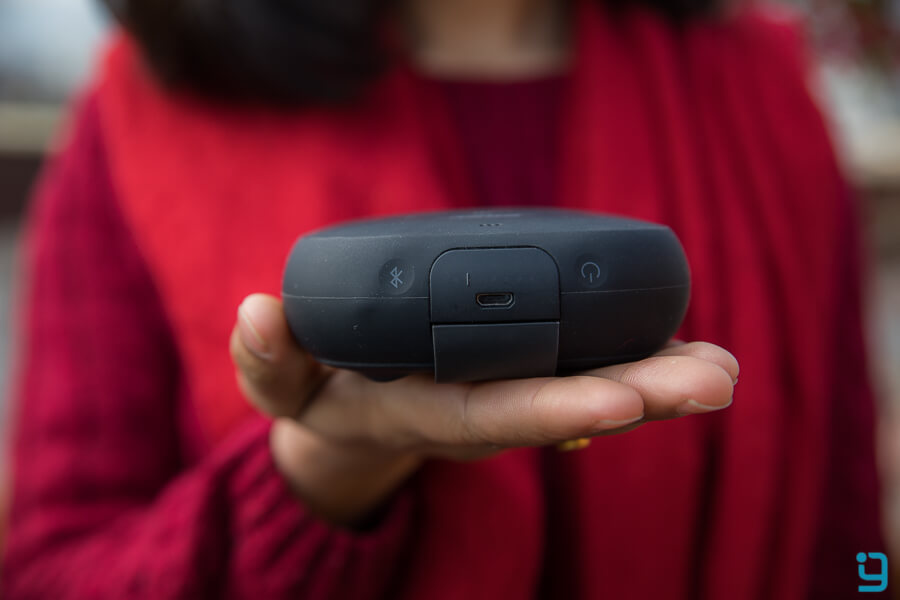
Once the connection is established, every sound from the audio device is amplified from the speaker. The amount of loudness of the audio can be controlled through the volume buttons on its chest. The multi-function button in between the volume buttons comes handy on playing/pausing the audio, toggling to the next and previous, and on triggering the AI assistant in the smartphones. While playing the music, pressing the multi-function button twice skips the tracks and plays next song in the list, whereas pressing it thrice plays back the previous song. And a single press suffices the toggle between the play and pause.
Once connected to the smartphone, pressing and holding the multi-function button triggers the AI assistant of the smartphone. There is also a mic right on the top of the Bose logo through which command to the AI assistants can be given. This mic also comes handy during the phone conversation in hands-free mode.
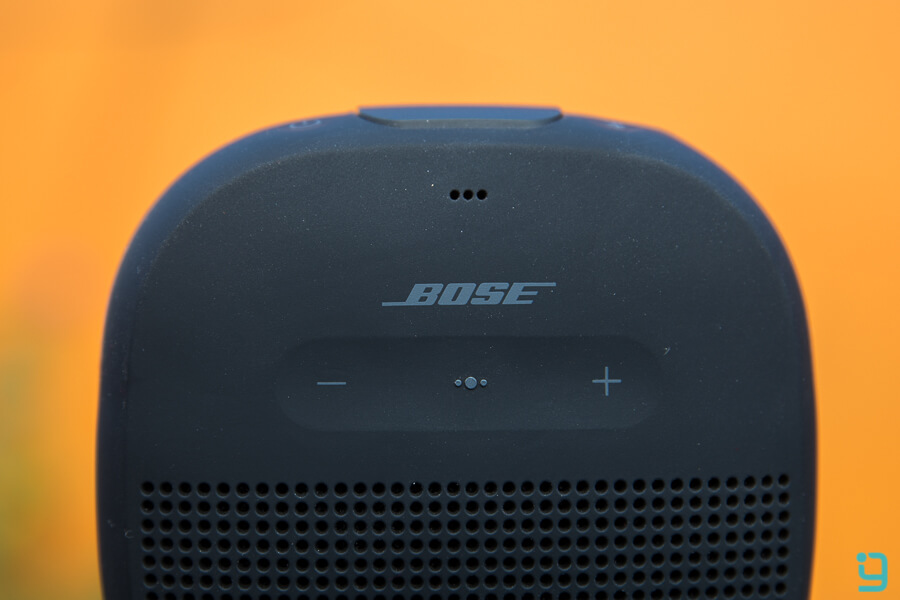
For the hassle-free control of the speaker via smartphone, Bose has also developed the app named Bose Connect. With this app, the state of power and volume can be known. Playing/pausing the music and volume can also be controlled through this app. The best thing about the app is it helps to pair the device with another Bose speaker for more loud and vibrant stereo output.
Sound Performance
In terms of Sound output, the speaker is unarguably the best speaker at its size. I was impressed by its level of amplification and the sound quality. Bose has injected “custom-engineered transducer and miniature dual-passive radiators” in the speaker to enhance the audio supremely. While listening to the classic blues and rock music, walking bass lines has a pleasing rumble. And along with the soothing sensation, they are vivid and clear at lower volumes. However, as the volume is increased near to the maximum level, noises dive in to mix in the audio and the music sounds little distorted. So playing music at 50-75% always result in the better audio quality.
Punk tracks from the device ring in the device with great acute sound with suitably loud intensity. But more complex, textured mids in jazz and classic songs, while audible, generally are not as pronounced as they are on more expensive, slightly larger speakers, and this has been an issue on all the small-sized speakers.
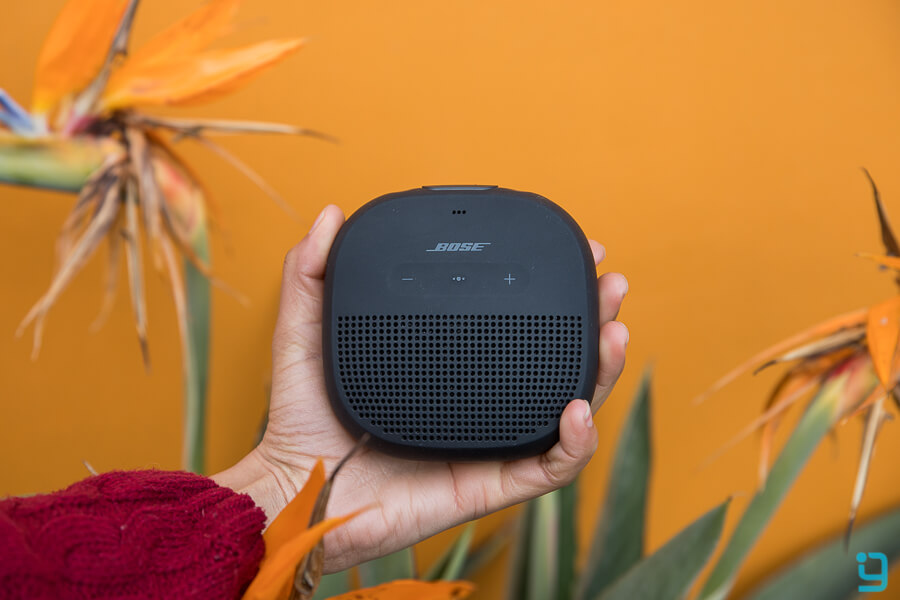
In a nutshell, the Micro has an impressive performance on the overall sound quality with remarkable gain. However, the speaker does not offer 360-degree sound because of which a shift from the speaker’s path results in the muddier and less intense sound. This is definitely a major issue if the speaker is used at parties and group hangouts.
Battery
For the size and portability, Bose seems to make a compromise on the battery. The battery backed me up for six hours while playing music with the volume at 50%. Like every other wireless speaker out on the market, its battery life also diminished when the amplification was increased. The speaker ran powerless after four hours when the songs were played at its maximum intensity. Charging is also little sluggish in the device. The device took around four hours to get it fully charged with its stock charger of 5V, 1A.
Verdict
Bose Soundlink micro is a great audio gadget for the audiophiles who opt for minimum size and maximum portability. Its size assists for the use in multiple occasions like biking, hiking, jogging and small indoor get together. But the short battery life ruins the fun in major scenarios as the charge diminishes quickly. Also at the price of Rs. 18,000, the device is awfully expensive. So, if sound quality is the major priority along with the portability then Soundlink Micro is the perfect audio gadget at this size. However, if prolonged battery life is all you need then JBL Clip 2 would be the perfect fit. The JBL Clip 2 comes in nearly same form factor at a cheaper price offering 8 hours of backup but with few compromises on the audio quality.


